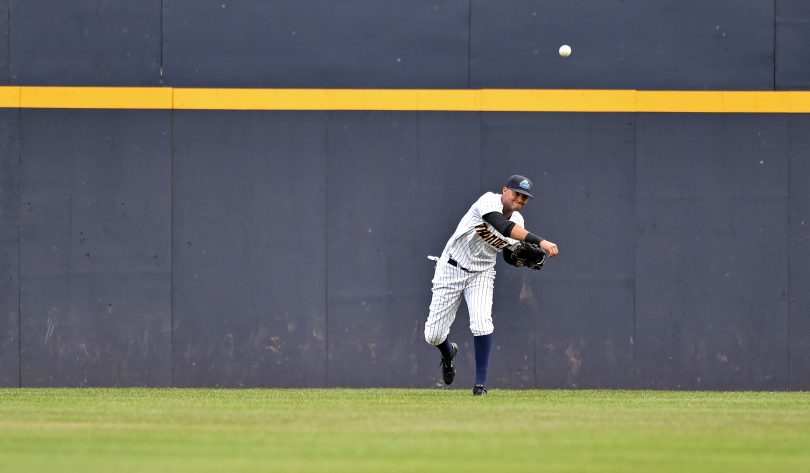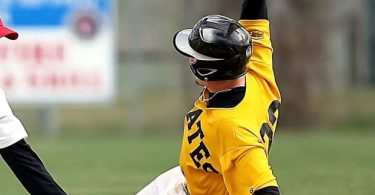The Situation:
There are runners at second and third base with 1 out in the bottom of the 9th inning. With the winning run at 3rd, the outfield has been drawn in to a depth where they will have a shot to throw the runner out if the fly ball is at them or in front of them.
The Play:
After pitching around the left-handed hitter to load the bases, set up the double play, and create a desired right-on-right match-up, the pitcher toes the rubber. He gets the sign for a curveball and flips one over the plate on the 0-0 pitch looking to get ahead. The batter, looking for something soft, sees it out of the hand and up in the zone and takes a swing to get the ball in the air and end the game. He lofts a fly ball to left field high enough for the left fielder to get behind. With a strong throw, the play will be close. The fielder moves in and towards the line, making the catch and comes up throwing.
The Outcome:
The throw is low and at the third baseman, lined up as the cutoff man. It bounces once in front of the cut man, who has to choose between relaying the ball home or letting it roll to the catcher. The only real shot is to relay the ball home, but even that holds little hope. By the time the catcher receives the ball, the winning run has already scored.
What Went Wrong:
Usually we praise the outfielder who throws through the cutoff man and keeps the trail runners at bay, but this situation is different. When the winning run is headed home is one of a few situations (fly ball with runner at 3rd only with less than two outs, being another) where air-mailing the cutoff man is acceptable, and even encouraged. The runner at third must be out for the game to continue, so worrying about the trail runner doesn’t make any sense. The game either continues or it doesn’t. This is the play where outfielders can show off their arm strength without worry of trail runners or going through the cut.
Although we like to think of the cutoff man as someone who accelerates the ball to the next base, on throws that test the throwing range of the outfielder, there simply isn’t time. These plays are do-or-die and a long hop or no hop is really the only option. If the throw bounces before the cutoff man, there is little hope. If the left fielder was thinking the game, he would have aired it out.







